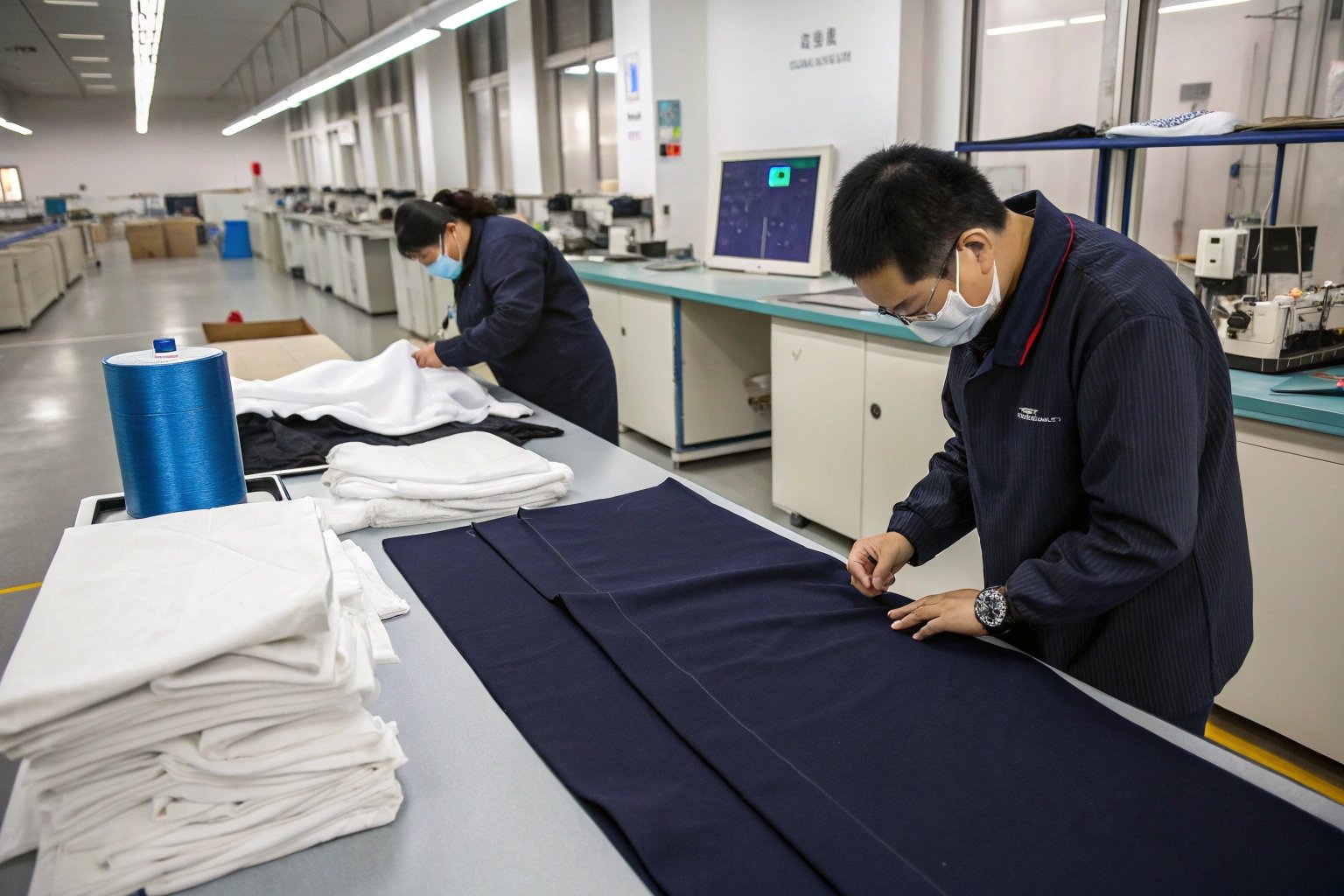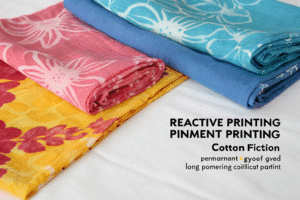Dark-dyed fabrics—from navy cotton to black twill—are beautiful but notorious for rubbing off their color. Whether used in fashion, upholstery, or uniforms, these fabrics face a critical quality test before hitting global markets: crocking resistance.
Crocking resistance testing checks how well fabric dyes hold up to rubbing—dry or wet—preventing staining on skin, garments, or surfaces. Especially for deep shades, poor crocking can result in major customer dissatisfaction, product returns, and even health concerns in babywear or skin-contact items.
In this article, I’ll explain how crocking tests work, why they matter most for dark colors, what standards buyers should demand, and where to find reliable, test-compliant suppliers.
What Is Crocking Resistance and How Is It Measured?
Crocking occurs when pigment or dye rubs off from the surface of fabric onto another material. This is different from colorfastness to washing or light—crocking is a mechanical transfer caused by friction.
The crocking resistance test evaluates a fabric’s tendency to transfer dye by rubbing under controlled pressure and cycles.
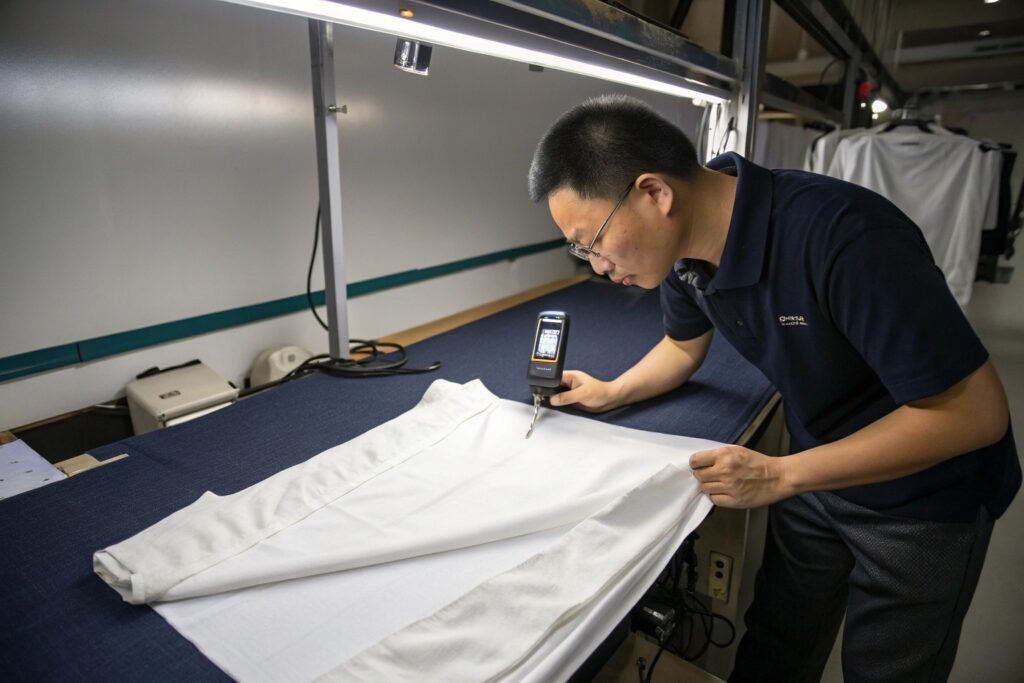
How Is the Crocking Test Performed?
Crocking resistance is usually tested using the AATCC 8 (for dry and wet rubbing) or ISO 105-X12 method. In the test:
- A piece of white cotton cloth is rubbed against the dyed fabric
- The test runs for a specified number of cycles (e.g., 10 cycles)
- The transfer is graded using a Gray Scale for Staining from 5 (no staining) to 1 (heavy staining)
Read more on AATCC’s test protocol and ISO 105-X12 guidelines.
Why Does Crocking Affect Dark Fabrics More?
Dark dyes like black, indigo, or deep red involve higher pigment concentration and sometimes surface-applied coloring methods. These are more likely to rub off—especially on synthetic blends or fabrics with poor fixation.
Examples of real-world issues can be seen in SGS fabric test reports or shared in Intertek technical bulletins.
Why Is Crocking Resistance Crucial for Exports?
International buyers care deeply about crocking resistance because it directly impacts product credibility, return rates, and compliance with major brand standards.
A failed crocking test can delay shipments, void contracts, and result in failed audits from third-party QC firms.

What Are the Consequences of Poor Crocking?
If your navy cotton joggers or black denim jackets stain the customer’s white shirt or couch, the result is almost always product return or refund.
Leading retailers like H&M and ZARA set strict performance requirements for crocking.
Are There Industry Minimums for Crocking Grades?
Yes. Common buyer expectations include:
- Dry crocking: ≥ grade 3–4
- Wet crocking: ≥ grade 2–3
More stringent products (babywear, yoga sets) may require grade 4 or higher. Learn more at Bureau Veritas Textile Lab and Intertek’s fabric quality hub.
How Can Manufacturers Improve Crocking Performance?
Manufacturers can improve crocking performance by optimizing dye chemistry, surface finishing, and washing processes. It’s not just about pigment—it’s about dye-to-fiber bonding and post-treatment.
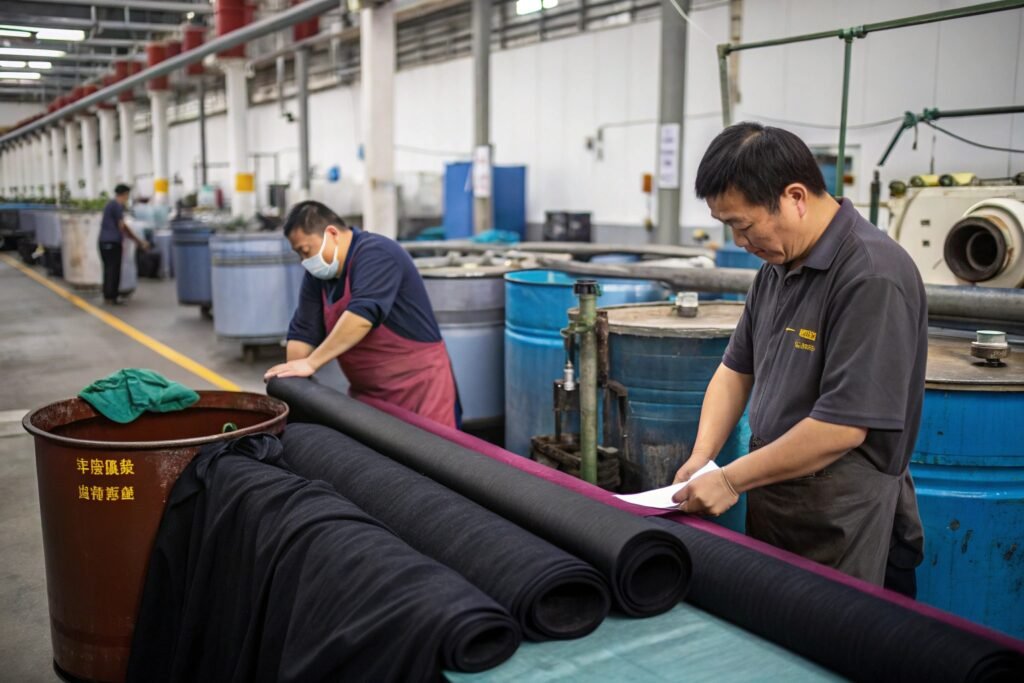
What Dyeing Methods Perform Better?
In general:
- Reactive dyes on cotton offer excellent fixation
- Disperse dyes on polyester tend to perform well
- Pigment or sulfur dyes require careful handling
Global dyestuff leaders like DyStar and Archroma provide crocking-safe dye and binder solutions.
Are Fixing Agents Effective?
Yes. Cationic fixing agents and resin softeners help reduce surface dye migration. Application during padding, washing, or finishing boosts rub fastness.
Ensure your fixatives are compliant with ZDHC and OEKO-TEX guidelines if selling in the EU or US.
How to Source Crocking-Tested Fabrics from China?
Sourcing from China requires selecting verified, lab-backed fabric mills that can consistently meet your crocking resistance benchmarks, especially for dark shades.
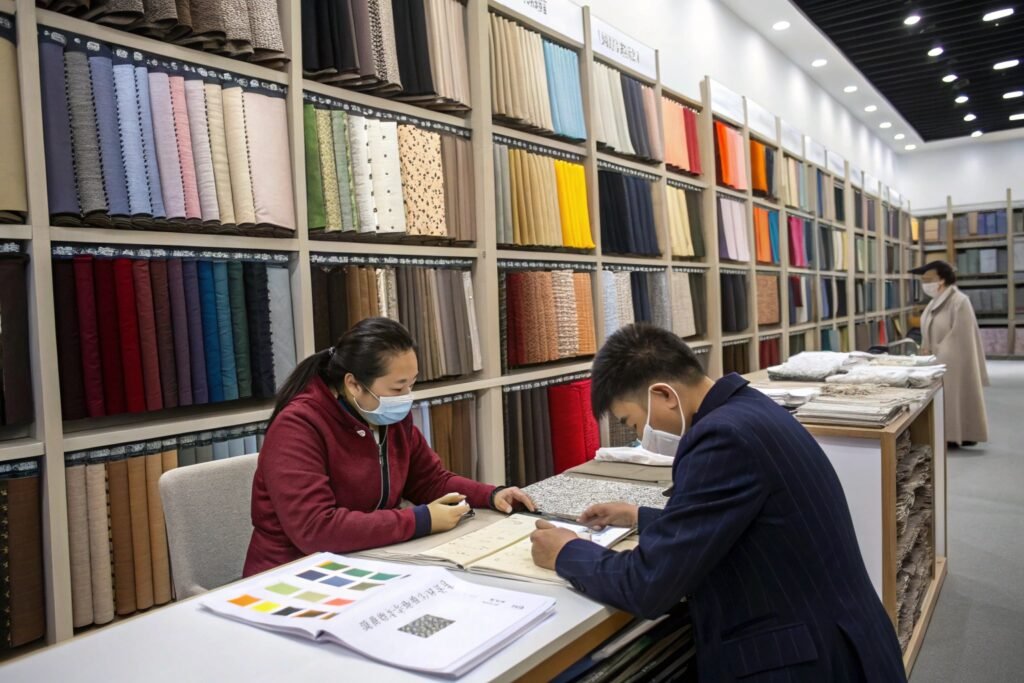
Which Platforms Offer Pre-Tested Fabrics?
Try platforms like:
These connect buyers with vendors that already publish test reports or have audit visibility.
How Does Fumao Fabric Ensure Crocking Compliance?
As a CNAS-certified Keqiao supplier, we offer:
- AATCC & ISO test reports with every lot
- QR-coded test transparency
- Pre-tested black, navy, and pigment-dyed options
- Optional cationic after-treatment in low MOQ
Request reports or samples by visiting our official site or contacting us via FumaoTextiles.com (示例链接)。
Conclusion
Crocking resistance is non-negotiable for dark-dyed fabrics. Whether you're making jackets, pants, uniforms, or couches, controlling rub-off helps prevent lost sales, poor reviews, and QC rejections.
Work with certified mills, understand the test methods, demand documentation—and your black won’t bleed into your brand.

